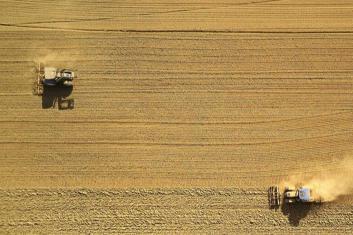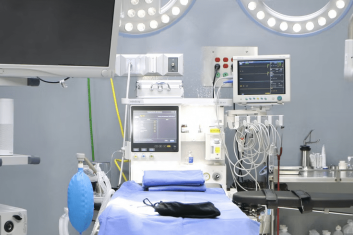Enterprises across the world struggle with similar challenges: how to remove production bottlenecks, cut costs, and ultimately improve financial performance. Updating and automating production processes has long been a major part of any effort to address these challenges.
The latest cutting-edge steps in this field are related to the emergence and deployment of new technologies and applications through the Internet of Things, Virtual Reality, and Augmented Reality.
This is part of the so-called Industry 4.0 process that is taking place, which entails the next phase of factory automation. Industry 4.0 describes the full digitalization of the manufacturing process, melding the digital and physical worlds inside the factory.
A 2015 study from McKinsey estimated that the use of industrial IoT services in factory settings had the potential to create value of between $1.2 trillion and $3.7 trillion per year by 2025, while the use of IoT applications in solutions optimization alone could result in value of between $633 billion to $1.8 trillion per year by 2025.
A separate report from Cognizant estimated that cumulative cost savings in the rail transportation sector alone could be in the order of $27 billion over 15 years, through reduced maintenance costs due to real-time diagnostics and predictive analytics, combined with the elimination of waste in fleet scheduling.
Beyond such headline figures are hundreds of individual ways that enterprises can use IoT, VR, and AR to improve their performance. Below three use cases are outlined that provide an illustration of what can be done when business and IT solutions come together and think creatively about the possibilities of which can be taken advantage of.
Use Case 1: Predictive Maintenance, Inventory Management, and Navigation
Gathering data to allow effective decisions to be taken is critical for any enterprise. However, SYNOP, a smart provider of meteorological data, is making full use of IoT solutions to take this a step further.
SYNOP’s approach consists of installing sensors on power infrastructure and then using the data gathered, combined with advanced meteorological forecasting software, to predict where asset failures may take place, what type of failure is likely, and automatically task a repair team to conduct maintenance.
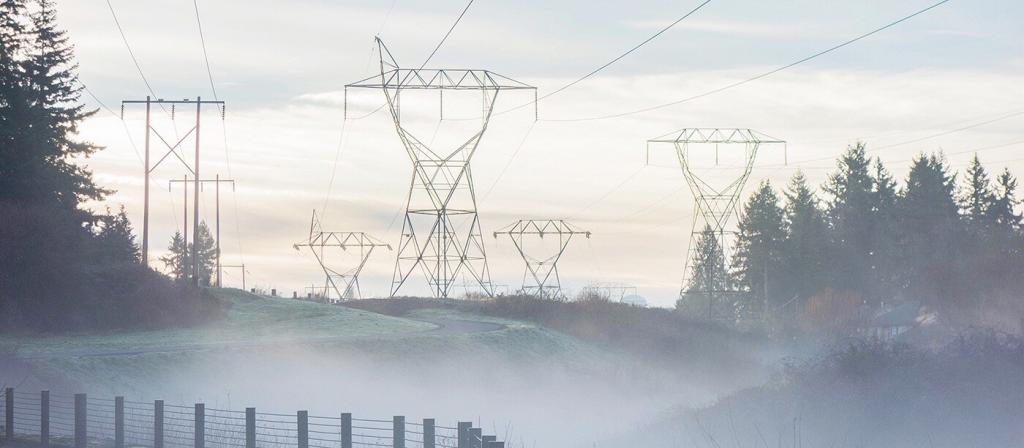
To give one example: SYNOP installed sensors on such items as powerlines and associated towers in Russia. With its weather prediction software and detailed knowledge of the state of the local infrastructure, SYNOP assesses where and when there could be a line failure – for example, due to forecast heavy snowfall.
The system then automatically alerts a local maintenance team, providing them with details of the expected fault – including the equipment that the team will need to fix the problem ahead of time – and with route mapping to get to the location, taking account of local weather and transportation conditions.
This approach combines gathering data, assessing it and combining it with accurate weather forecasting, inventory management, tasking applications, and navigation tools all in one place. The result is that infrastructure failures can be prevented, saving costs and time, and improving the service for customers.
While this example is specific to the power sector, such an approach could be deployed across a wide range of businesses that have sites or operations that could be disrupted by weather events.
Use Case 2: Maintenance and AR
It is obvious that, as essential as it is, maintenance costs time and money. The use of an AR tool for a European company, however, has resulted in substantially increased efficiency and considerable savings.
Providing workforce mobility solutions for manufacturing and industrial companies, the company needs to undertake on-site maintenance of highly complex industrial equipment. To be more efficient and effective though, it needs the internal personnel to be able to undertake any task required – rather than having to go through the costly process of deploying experts from other locations for any issue.
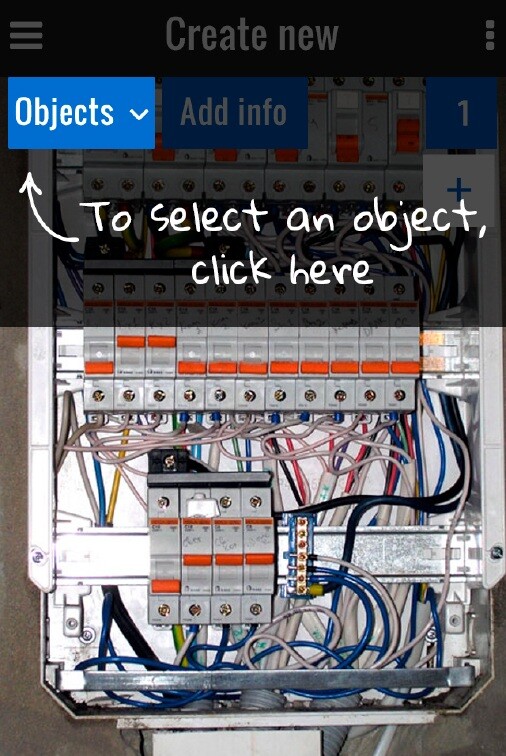
The approach was to develop an AR application that can be used with a standard iOS or Android smartphone or tablet, bringing all the required expertise into the hands of the local maintenance staff.
The tool creates and plays back interactive repair and service guides, using advanced image recognition software to allow the identification of an item of equipment. Once a picture is taken, the user can follow a series of step-by-step explanations for the repair operations.
For each scene, which is shown on the handset screen and is linked to where the user is pointing the camera, a range of animated and 3D objects, tools, and approaches are shown to illustrate specific actions. All the user needs to do is point their phone or tablet at the equipment and follow the steps.
This in-hand deployment of a full range of knowledge and solutions is an excellent demonstration of the potential of AR, allowing the user to experiment with options before undertaking them in real-life and working with an exact map of the equipment in the location, rather than with standardized recommendations.
Importantly though, this tool is also linked into the wider maintenance reporting system, allowing any problems to be escalated or experts to be tasked should that ultimately be required. This tool makes it clear exactly what any problem is, enabling better determination of solutions.
Use Case 3: IoT Mobile Facility Management
A European company is using an all-in-one IoT app, deployable on a standard Android smartphone, to manage various connected devices in buildings and yachts. This facility management tool draws together feeds from a diverse range of systems and functions, including amongst others:
- surveillance cameras;
- heating, ventilation and air conditioning (HVAC) systems;
- energy consumption monitors;
- media systems, including set-top boxes and satellite tuners;
- sensors and motion detectors;
- video intercoms;
- smart curtains, doors, locks, and windows;
- and lighting and lighting color systems.
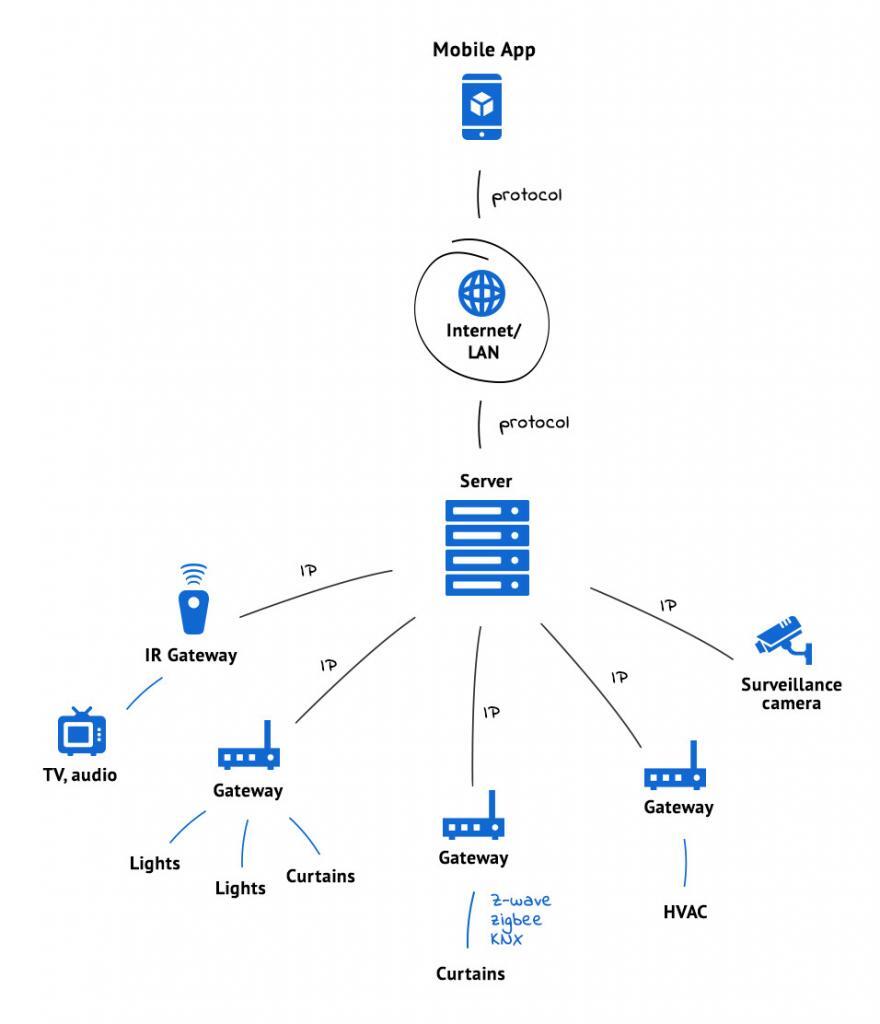
With all of these linked into a tool in one place, the user is able to manage any aspect of them – for example, changing lighting, climate, and energy consumption at the touch of a button. However, this IoT solution does more than just allow remote management. It also allows for automation, whereby preset settings can be implemented to allow efficient management without requiring actions from an individual.
The potential for such a system for any enterprise or business is immense. Having the ability to automate the management of a building or facility is a sure way to reduce costs, as well as to avoid any human errors. The collection of data enables better analysis to be undertaken and improve cost-effectiveness, for example, related to energy consumption.
Having all of these aspects in one place, in one tool, makes the management more user-friendly, rather than having to go from system tool to system tool, often in different locations with different hardware and software demands.
Conclusion
The potential for IoT and AR tools to improve the efficiency of processes is considerable. The three examples that are outlined above show just a tiny snapshot of the scale that can use these – from national-level infrastructure to an individual item of equipment.
With the ability to create bespoke tools for any enterprise or business, the main question is one of imagination: what could be improved? Whether it is in infrastructure, manufacturing, automotive, or the service sector, the transformative effect of IoT and AR will be increasingly felt as businesses take greater and greater advantage of the possibilities that are there.

Founder
Hey! Welcome to our blog!
The topics we cover include IoT, AR/VR, related news, and our projects.If you’d
like to discuss an article, please
messsage
me on LinkedIn
Related Posts
View All
We are open to seeing your business needs and determining the best solution. Complete this form, and receive a free personalized proposal from your dedicated manager.

Sergei Vardomatski
Founder

